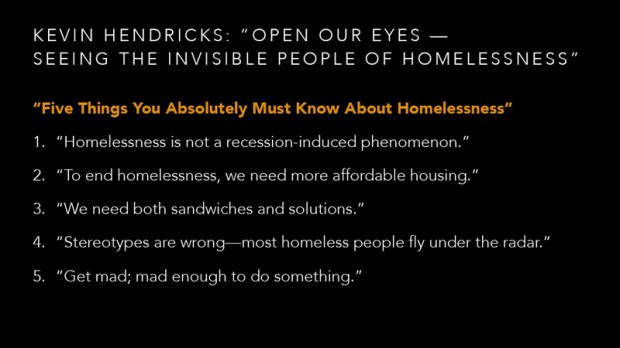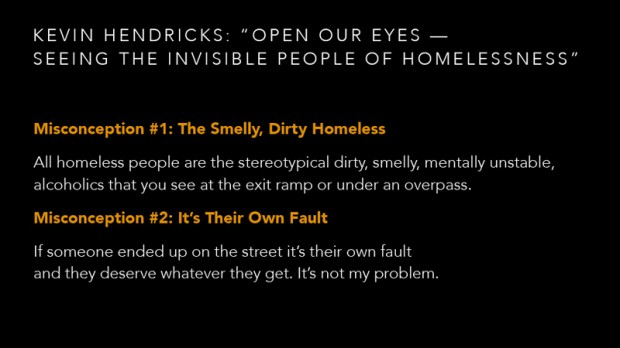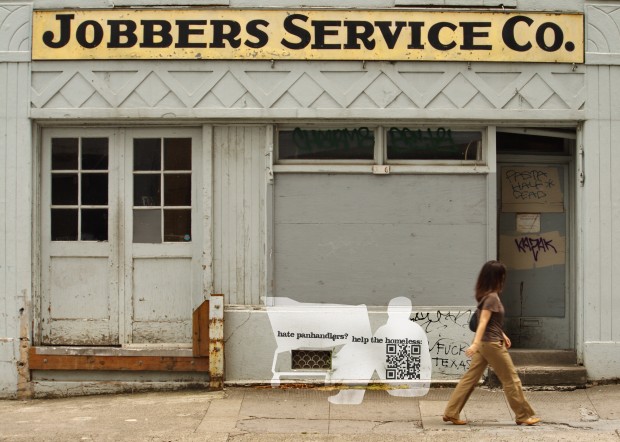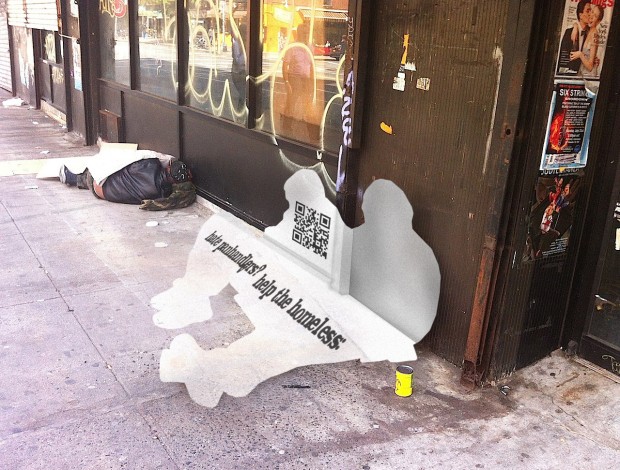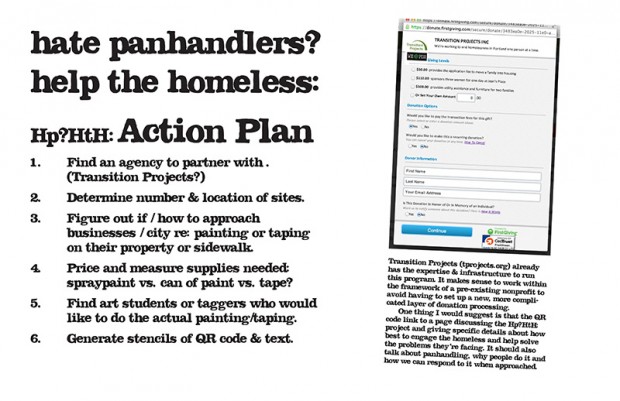Networked Urbanism
design thinking initiatives for a better urban life
apps awareness bahrain bike climate culture Death design digital donations economy education energy extreme Extreme climate funerals georeference GSD Harvard interaction Krystelle mapping market middle east mobility Network networkedurbanism nurra nurraempathy placemaking Public public space resources Responsivedesign social social market Space time time management ucjc visitor void waste water Ziyi
Posts by Mart Schaefer
Using QR Codes to Raise Awareness of the Problem of Homelessness: Mart Schaefer
These are 3 strategies that will hopefully inspire other creative people out there. Use your skills and develop new tactics to give homeless people the voice they need to be heard by the public.
Note: The film clip at the beginning of this video IS NOT MINE. it’s from a short film by John Elerick called “Spare Any Change?”. I thought it was funny and it sparked my imagination early in the design process.
Problem
In 2013, the estimated number of people in Portland considered homeless varied between 3,000 and 15,000 depending on how strictly the term was defined. They all shared something in common, however… they are virtually invisible to the rest of Portland’s population. In order to get help, the homeless need to get noticed. And in order to get noticed, the homeless need to employ tactics that will help them catch the public’s attention.
Strategy
The creative class has unique problem solving skills that can be applied to this situation. The following ideas were developed as an example of what could ultimately evolve into a suite of guerrilla social tools that could be used to combat the invisibility of the homeless. (more…)
Facts and figures about the problems facing the homeless…
I’ve had a few decent ideas and a few missteps so far but on Monday I hit upon something that might have some mileage in it. The studio instructors seemed interested this time and several of my studiomates told me they thought it was a strong idea and to develop it further.
I’m proposing developing a system that allows people to donate money to people begging on the street via an online interface. This solves a problem for both the donor and the recipient.
The donor gets to avoid a situation they feel uncomfortable in (for a variety of reasons) that might keep them from helping someone in need. And since we all pay for everything with our debit or credit card, they can donate to someone when they don’t have any cash or change on hand. Or if they pull up at an intersection and the light changes before they can help someone standing there.
The person who is begging for money can now get help from all the people who aren’t carrying change. And can do so in a way that might be less threatening to people walking past on the street.
At the moment I envision giving panhandlers signs with QR codes on them. Potential donors can snap a photo of the code and later, when they have a few spare minutes, can process it with an app then decodes it and launches a personalized webpage that is A) linked to that specific individual and ready to take a secure online donation or B) linked to a shelter or food bank where those donations can be paid in toward meals and a room.
Donors have the additional comfort of knowing their money isn’t getting used for alcohol or drugs.
There are several potential opportunities for community tie-in on this proposal: Street Roots newspaper is a possible partner. This would provide additional revenue for their employees and also reduce the paper waste they have now. Businesses could choose to advertise or somehow subsidize a portion of this process in return for ad space on the coded signs and the online pages. Local artists and writers could work with the homeless to “brand” them and raise the chance they’ll attract donors through creative approaches or increased visibility.
There are obviously issues to sort out here, but I think the idea has potential to benefit people in need in Portland.
Rachel’s interview with a member of the New Columbia neighborhood.
An investigation into neighborhood identity, underserved communities and the New Columbia development in North Portland.
Advocating for the slowness again.
Mart Schaefer
It appears that Mart Schaefer hasn't tweeted anything yet.
